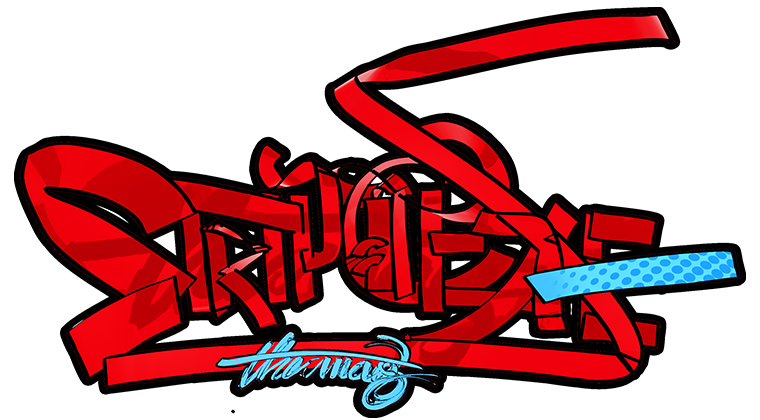Growing up with Captain Haddock
Simple, yet a riot of colourful characters, The Adventures of Tintin is Herge’s incredible gift to the world of comics. The protagonist, Tintin – a young, adventurous journalist who finds himself in a soup more often than not – often accompanies a character who is perhaps the most beloved in the books. Captain Haddock, a crusty sea dog, is boisterous and eccentric, and reminds us all of an essential part of childhood that we have lost.
Picture one of your uncles – not the mean, crotchety ones, but your favorite uncle – the slightly off-the-wall character, but the one who also knows the exact thing to perk you up when you’re down. For me, that’s who Captain Haddock is. I wouldn’t quite describe him as swashbuckling, but he is as courageous as Tintin, and as integral to the comics as well. His main contribution is his brand of foulmouthed and inventive humour, and the reason why I, for one, have always looked forward to encountering him.
Drunk, and endangering Tintin’s smooth moves, Haddock first pops up in The Crab with the Golden Claws. A whirlwind cruise of a book set on a ship which, unbeknownst to the sozzled Captain, is used to smuggle drugs, The Crab With the Golden Claws is not Haddock’s brightest moment; however, he eventually finds his way into readers’ hearts with more page space devoted to his escapades in The Secret of the Unicorn and its sequel, Red Rackham’s Treasure. A fast-paced, two-parter adventure that follows this lovable and bumbling man through mazes, maps and treasure trails, these two books firmly seal into place his role as a central character in the stories.
Despite his sarcasm and tantrums, Haddock can also display a breadth of maturity and thought, though not intuitively. But what makes him dear to us readers is the fact that at the end of the day, he is essentially highly likeable and relatable – after all, who can hate the president of the “Society of Sober Sailors” whose primary quest is to acquire a bottle of rum?


